Home>Furniture & Design>Bathroom Accessories>What Is A Thermometer Used For In A First Aid Kit
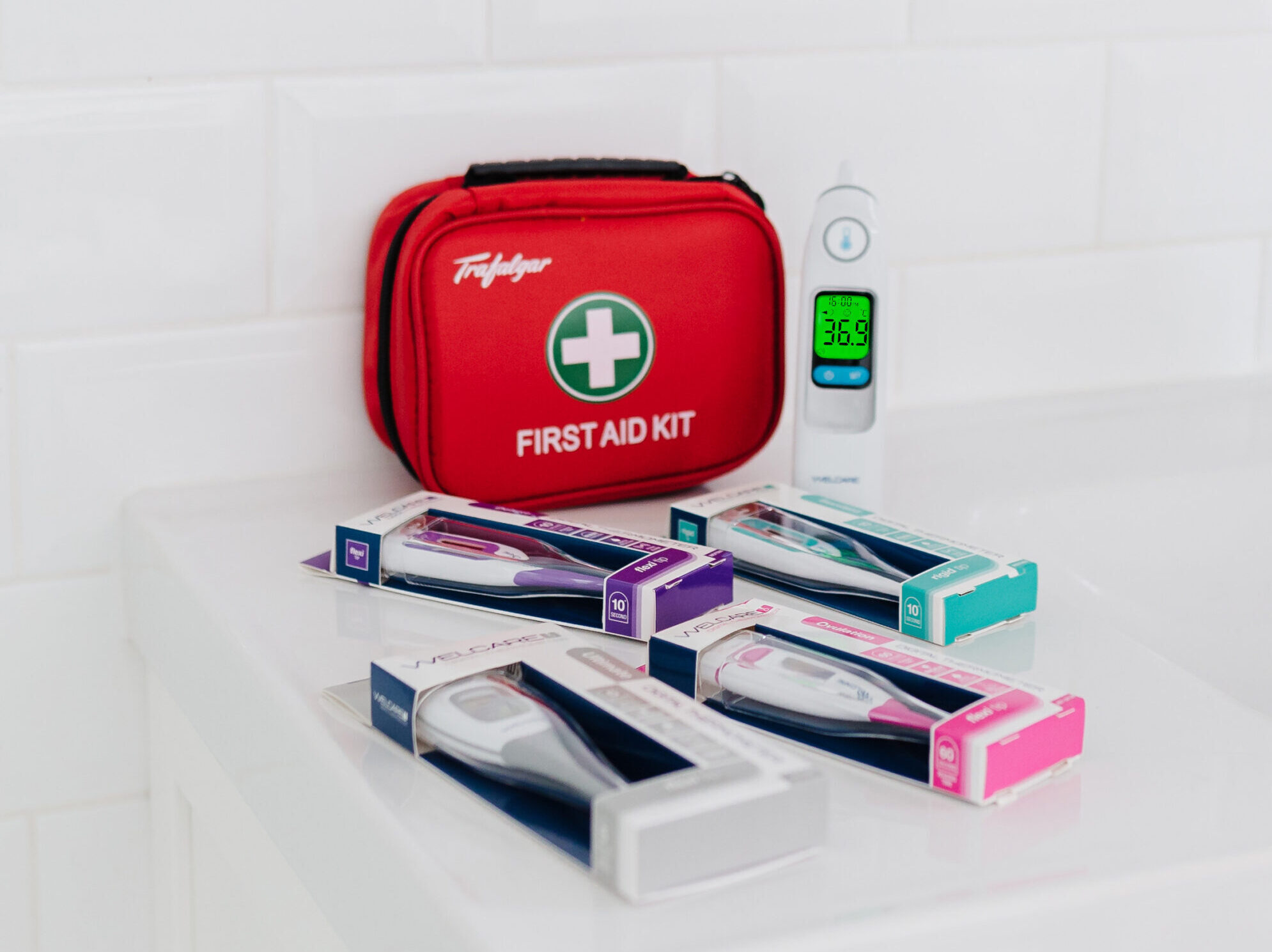

Bathroom Accessories
What Is A Thermometer Used For In A First Aid Kit
Modified: August 16, 2024
Learn about the importance of a thermometer in a first aid kit and how it can be a crucial bathroom accessory for monitoring health. Understand its uses and significance.
(Many of the links in this article redirect to a specific reviewed product. Your purchase of these products through affiliate links helps to generate commission for Storables.com, at no extra cost. Learn more)
Introduction
A thermometer is a vital tool found in most first aid kits, serving as a crucial instrument for monitoring body temperature. This simple yet indispensable device plays a significant role in assessing various health conditions, from fever to hypothermia, and is essential for evaluating infections and monitoring heatstroke. Understanding the diverse applications of a thermometer in first aid is essential for effectively managing and addressing potential health concerns. Let's delve into the multifaceted uses of a thermometer in first aid scenarios, highlighting its pivotal role in safeguarding well-being and promoting prompt medical intervention.
Key Takeaways:
- A thermometer in a first aid kit helps monitor body temperature, assess fever, check for hypothermia, and monitor heatstroke, empowering individuals to make informed decisions and seek timely medical attention.
- By using a thermometer to evaluate infections, individuals can track the progression of illnesses, assess the effectiveness of treatments, and make proactive decisions about seeking medical help, contributing to better health outcomes.
Monitoring Body Temperature
Monitoring body temperature is one of the primary functions of a thermometer in a first aid kit. The human body's temperature is a crucial indicator of overall health and can provide valuable insights into potential illnesses or medical emergencies. By using a thermometer to measure body temperature, individuals can track changes and fluctuations, enabling them to make informed decisions regarding necessary medical interventions.
In cases of illness or injury, monitoring body temperature is essential for assessing the severity of the condition. A sudden rise in body temperature may indicate the presence of a fever, which is often a symptom of an underlying infection or illness. Conversely, a lower-than-normal body temperature could signal hypothermia, a potentially life-threatening condition that requires immediate attention.
For individuals experiencing symptoms such as chills, sweating, or general discomfort, using a thermometer to monitor body temperature can provide valuable information for determining the appropriate course of action. In emergency situations, such as heatstroke or heat exhaustion, monitoring body temperature is crucial for assessing the individual's condition and initiating appropriate cooling measures.
Moreover, monitoring body temperature is particularly important for vulnerable populations, including infants, young children, and the elderly. These demographic groups may have difficulty communicating their discomfort or symptoms, making it essential to rely on objective measurements such as body temperature to gauge their well-being accurately.
In summary, the function of monitoring body temperature using a thermometer in a first aid kit is indispensable for assessing health conditions, identifying potential medical emergencies, and guiding appropriate interventions. By regularly monitoring body temperature, individuals can take proactive measures to address health concerns promptly, ultimately contributing to better health outcomes and well-being.
Assessing Fever
Assessing fever is a critical aspect of utilizing a thermometer in a first aid kit. Fever, characterized by an elevated body temperature, is a common symptom of various illnesses and infections. By using a thermometer to measure body temperature, individuals can effectively assess the presence and severity of fever, enabling them to take appropriate steps to address the underlying cause.
When an individual exhibits symptoms such as elevated body temperature, sweating, chills, and general malaise, assessing fever becomes paramount. By using a thermometer to obtain an accurate temperature reading, caregivers and individuals can determine whether a fever is present and monitor its progression over time. This information is invaluable for healthcare professionals in diagnosing and treating the underlying cause of the fever.
In a first aid scenario, assessing fever serves as a crucial indicator of the body's response to an infection or illness. By regularly monitoring body temperature, individuals can track the fever's trajectory, noting any fluctuations or sustained elevations. This data provides essential insights into the body's immune response and aids in determining the effectiveness of interventions such as medication or cooling measures.
Furthermore, assessing fever using a thermometer allows individuals to make informed decisions regarding seeking medical attention. In cases where the fever persists or reaches a certain threshold, prompt medical evaluation is often necessary to identify and address the underlying cause. Additionally, for individuals with preexisting health conditions or compromised immune systems, assessing fever becomes even more critical, as it can indicate potential complications requiring immediate medical intervention.
In summary, the ability to assess fever using a thermometer in a first aid context is instrumental in identifying and monitoring the body's response to infections and illnesses. By leveraging this essential tool, individuals can gather vital information to guide appropriate medical interventions, ultimately contributing to better health outcomes and well-being.
Checking for Hypothermia
Checking for hypothermia is a crucial function of a thermometer in a first aid kit. Hypothermia occurs when the body loses heat faster than it can produce it, resulting in a dangerously low body temperature. This condition can be life-threatening and requires prompt identification and intervention. By using a thermometer to measure body temperature, individuals can effectively assess for hypothermia and take appropriate steps to address this potentially severe medical emergency.
In cold environments or following exposure to cold water, individuals are at risk of developing hypothermia. Symptoms of hypothermia include intense shivering, confusion, slurred speech, drowsiness, and a weak pulse. In severe cases, individuals may experience shallow breathing and loss of consciousness. By utilizing a thermometer to measure body temperature, caregivers and first responders can obtain an objective assessment of the individual's core temperature, aiding in the diagnosis of hypothermia.
When checking for hypothermia, it is essential to use a thermometer to measure the individual's body temperature accurately. A reading significantly below the normal body temperature of 98.6°F (37°C) may indicate the presence of hypothermia. This information is critical for determining the severity of the condition and guiding appropriate treatment measures.
In a first aid scenario, checking for hypothermia using a thermometer enables individuals to make informed decisions regarding the necessary steps to rewarm the affected individual. By monitoring body temperature and assessing for hypothermia, caregivers can initiate measures such as removing wet clothing, providing warm blankets, and applying external heat sources to gradually raise the individual's body temperature. Additionally, in severe cases of hypothermia, prompt medical attention is essential to prevent further complications and facilitate the individual's recovery.
Furthermore, checking for hypothermia using a thermometer is particularly important in outdoor and wilderness settings, where individuals may be exposed to harsh environmental conditions. By recognizing the symptoms of hypothermia and utilizing a thermometer to measure body temperature, individuals can intervene early, potentially preventing the progression of this dangerous condition.
In summary, the function of checking for hypothermia using a thermometer in a first aid context is instrumental in identifying and addressing this potentially life-threatening condition. By leveraging this essential tool, individuals can gather vital information to guide appropriate interventions, ultimately contributing to better health outcomes and well-being.
A thermometer in a first aid kit is used to measure body temperature. It can help determine if someone has a fever, which could indicate an illness or infection.
Monitoring Heatstroke
Monitoring heatstroke is a critical function of a thermometer in a first aid kit, especially in environments where individuals are exposed to high temperatures and intense physical activity. Heatstroke is a severe and potentially life-threatening condition characterized by a core body temperature exceeding 104°F (40°C). It often occurs as a result of prolonged exposure to high temperatures, leading to the body's inability to regulate its internal temperature effectively.
When it comes to monitoring heatstroke, a thermometer plays a pivotal role in providing an objective assessment of an individual's body temperature. In cases where heatstroke is suspected, obtaining an accurate temperature reading is essential for confirming the diagnosis and determining the severity of the condition. By using a thermometer to measure the individual's core body temperature, caregivers and first responders can quickly ascertain whether the individual is experiencing heatstroke, enabling them to initiate immediate and appropriate interventions.
In a first aid scenario, monitoring heatstroke using a thermometer allows for timely recognition of the condition's onset and progression. Individuals exhibiting symptoms such as hot, dry skin, rapid and shallow breathing, a rapid and strong pulse, and neurological changes may be experiencing heatstroke. By promptly measuring the individual's body temperature, caregivers can confirm the presence of elevated core body temperature, a hallmark of heatstroke, and take swift action to address the situation.
Furthermore, monitoring heatstroke using a thermometer is crucial for guiding the implementation of cooling measures to lower the individual's body temperature. Rapid cooling is essential in managing heatstroke and preventing potential complications. By accurately monitoring body temperature, caregivers can gauge the effectiveness of cooling interventions such as applying cold packs, immersing the individual in cool water, or using fans to promote heat dissipation.
Additionally, in outdoor and recreational settings, where the risk of heatstroke is heightened, having a thermometer in a first aid kit is indispensable. By being vigilant in monitoring heatstroke and utilizing a thermometer to measure body temperature, individuals can intervene promptly, potentially preventing the progression of heatstroke and facilitating the affected individual's recovery.
In summary, the function of monitoring heatstroke using a thermometer in a first aid context is instrumental in identifying and addressing this potentially life-threatening condition. By leveraging this essential tool, individuals can gather vital information to guide appropriate interventions, ultimately contributing to better health outcomes and well-being.
Evaluating Infections
Evaluating infections using a thermometer in a first aid kit is a fundamental aspect of proactive healthcare management. When individuals experience symptoms such as fever, chills, fatigue, and localized pain or inflammation, the presence of an infection may be suspected. By utilizing a thermometer to measure body temperature, caregivers and individuals can gather essential data to evaluate the possibility of an underlying infection and monitor the body's response to the invading pathogens.
In the context of first aid, evaluating infections through temperature monitoring serves as a valuable diagnostic tool. An elevated body temperature, indicative of fever, is often a hallmark sign of the body's immune response to an infection. By regularly measuring body temperature, individuals can track the progression of fever, noting any fluctuations or sustained elevations. This information provides critical insights into the severity and duration of the infection, guiding decisions regarding the appropriate course of action.
Furthermore, evaluating infections using a thermometer enables individuals to assess the effectiveness of interventions such as medication and home remedies. By monitoring body temperature before and after administering treatment, individuals can gauge the body's response and the impact of the interventions on fever reduction. This data is instrumental in determining the efficacy of the chosen treatment approach and may prompt the need for medical consultation if the fever persists or worsens.
In cases where localized infections, such as skin abscesses or respiratory infections, are suspected, monitoring body temperature can aid in the early detection of systemic involvement. A persistent fever or a sudden spike in body temperature may indicate the progression of the infection, prompting individuals to seek timely medical evaluation and intervention. Additionally, for individuals with preexisting health conditions or compromised immune systems, evaluating infections through temperature monitoring is crucial for identifying potential complications and preventing the spread of the infection.
Moreover, the ability to evaluate infections using a thermometer in a first aid context empowers individuals to make informed decisions regarding seeking medical attention. By recognizing the patterns and trends in body temperature, individuals can determine when the infection requires professional assessment and treatment. This proactive approach to infection management contributes to timely interventions and improved health outcomes.
In summary, evaluating infections through temperature monitoring using a thermometer in a first aid kit is a vital component of proactive healthcare management. By leveraging this essential tool, individuals can gather valuable information to assess the presence and progression of infections, guiding appropriate interventions and promoting overall well-being.
Conclusion
In conclusion, the thermometer is an indispensable tool in first aid kits, serving a multifaceted role in safeguarding well-being and promoting prompt medical intervention. From monitoring body temperature to assessing fever, checking for hypothermia, monitoring heatstroke, and evaluating infections, the thermometer plays a pivotal role in identifying and addressing a wide range of health concerns.
By providing a means to monitor body temperature, the thermometer enables individuals to track changes and fluctuations, empowering them to make informed decisions regarding necessary medical interventions. Whether it's assessing the presence and severity of fever or identifying potential life-threatening conditions such as hypothermia and heatstroke, the thermometer serves as a reliable instrument for objective temperature measurement.
Furthermore, the thermometer's role in evaluating infections is instrumental in proactive healthcare management. By monitoring body temperature and recognizing patterns and trends, individuals can assess the progression of infections, determine the efficacy of interventions, and make informed decisions regarding seeking medical attention.
In emergency situations, the thermometer's ability to provide accurate temperature readings is invaluable for guiding appropriate interventions and facilitating timely medical evaluation. Whether it's in a home setting, outdoor environment, or during recreational activities, having a thermometer in a first aid kit equips individuals with the means to address potential health concerns effectively.
Overall, the diverse applications of a thermometer in first aid scenarios underscore its significance as a fundamental tool for proactive health management. By understanding and leveraging the capabilities of this essential device, individuals can contribute to better health outcomes, promote well-being, and ensure timely interventions when faced with health-related challenges. As such, the inclusion of a thermometer in a first aid kit is not only practical but also essential for empowering individuals to take charge of their health and the well-being of those around them.
Frequently Asked Questions about What Is A Thermometer Used For In A First Aid Kit
Was this page helpful?
At Storables.com, we guarantee accurate and reliable information. Our content, validated by Expert Board Contributors, is crafted following stringent Editorial Policies. We're committed to providing you with well-researched, expert-backed insights for all your informational needs.
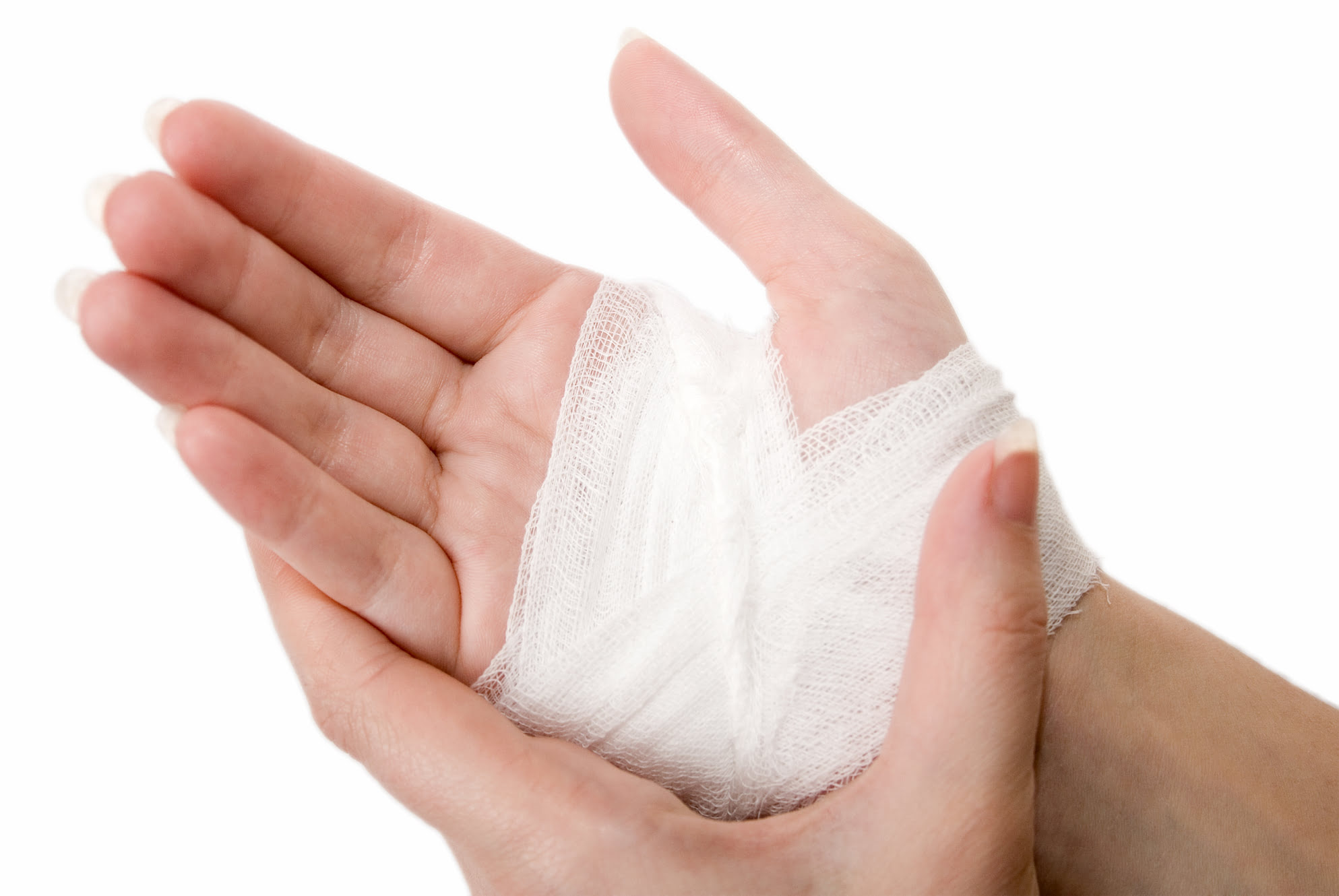
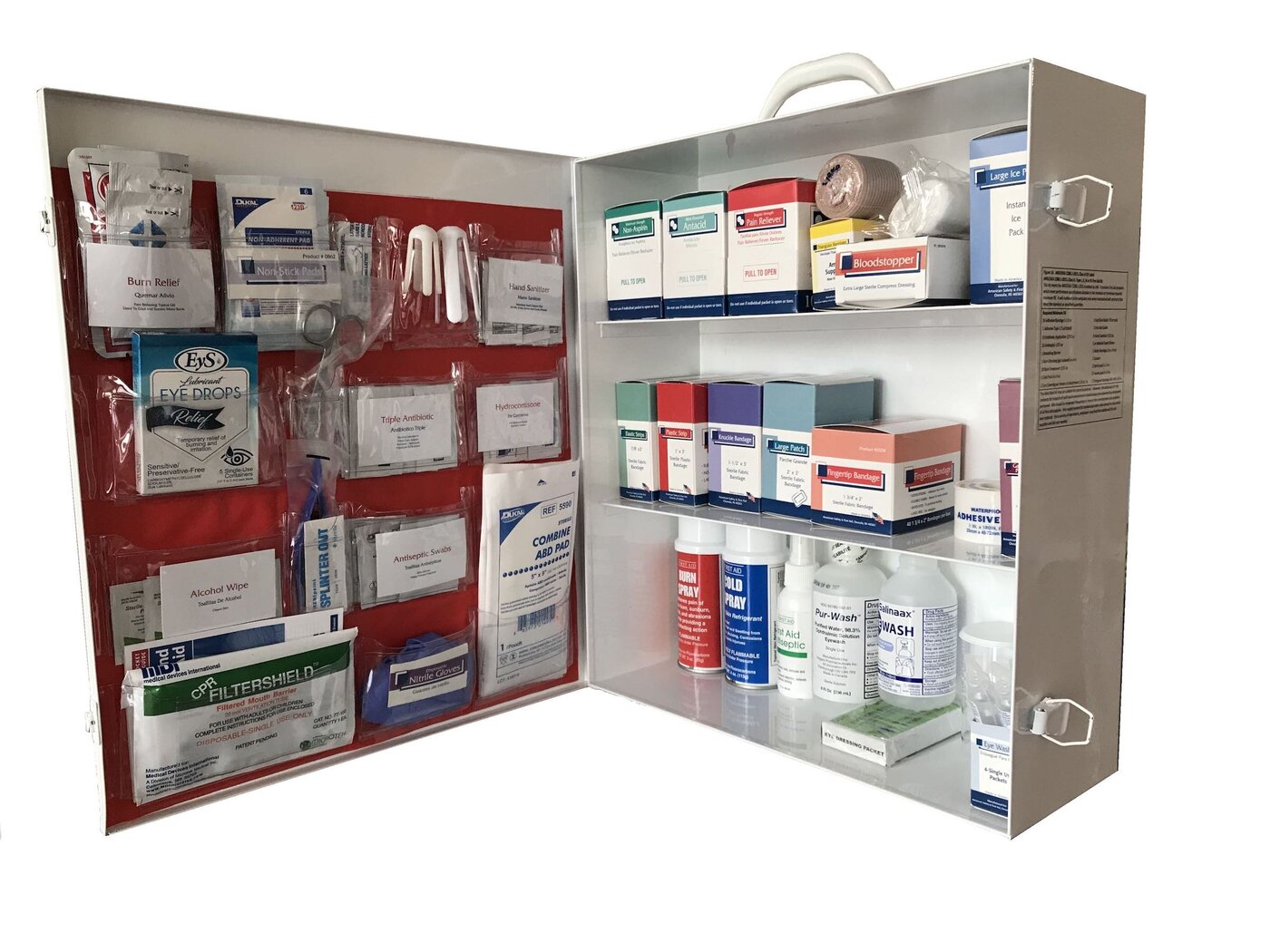
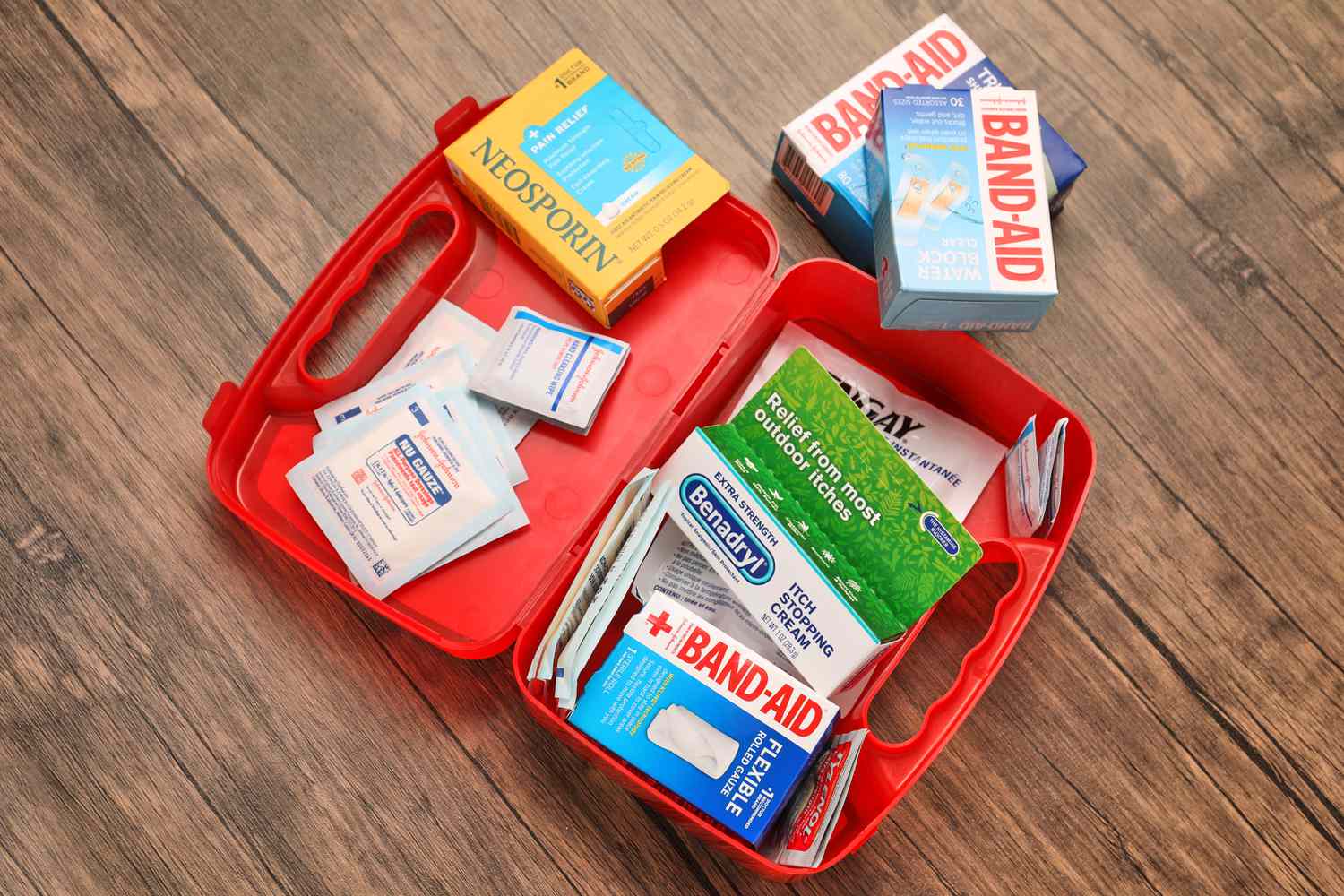
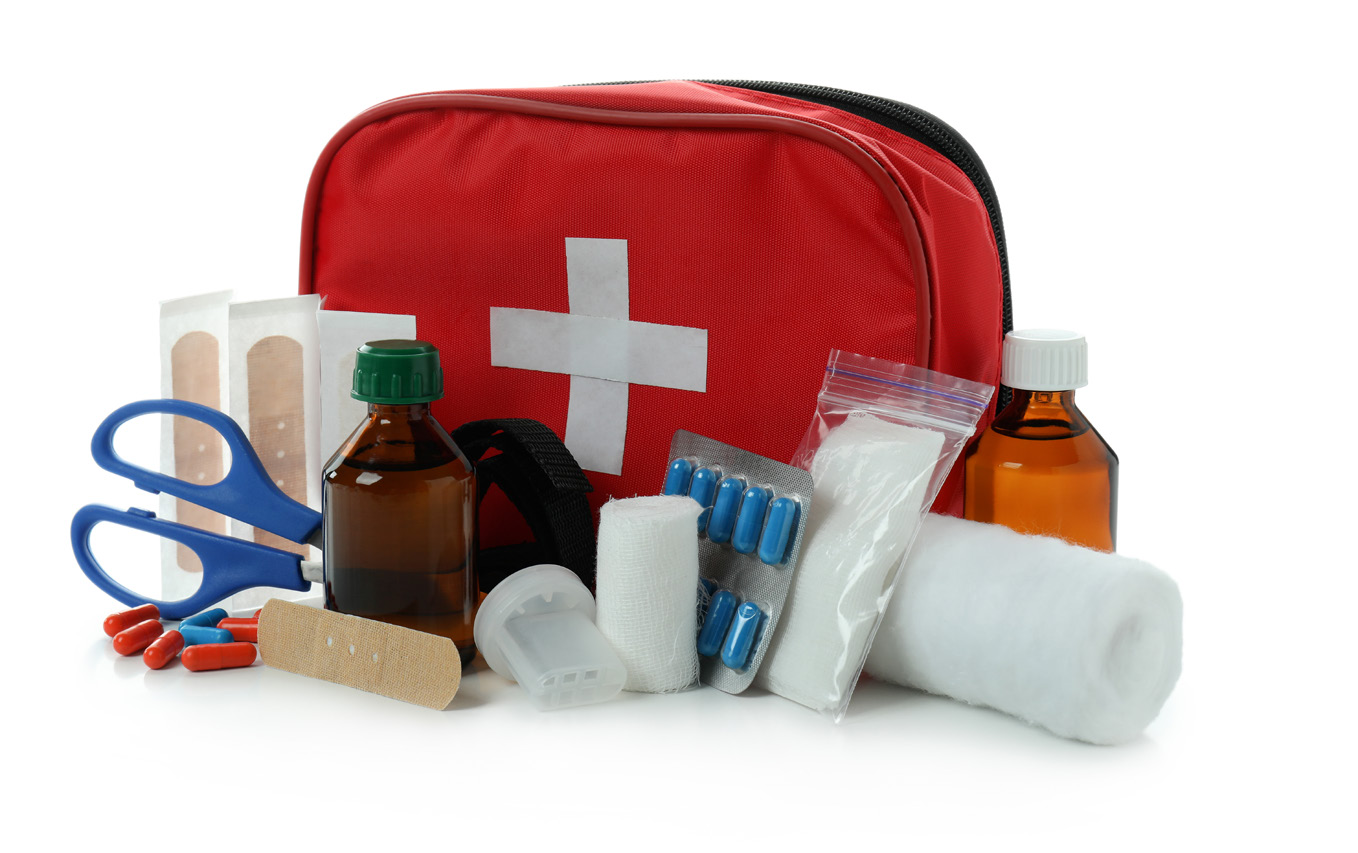
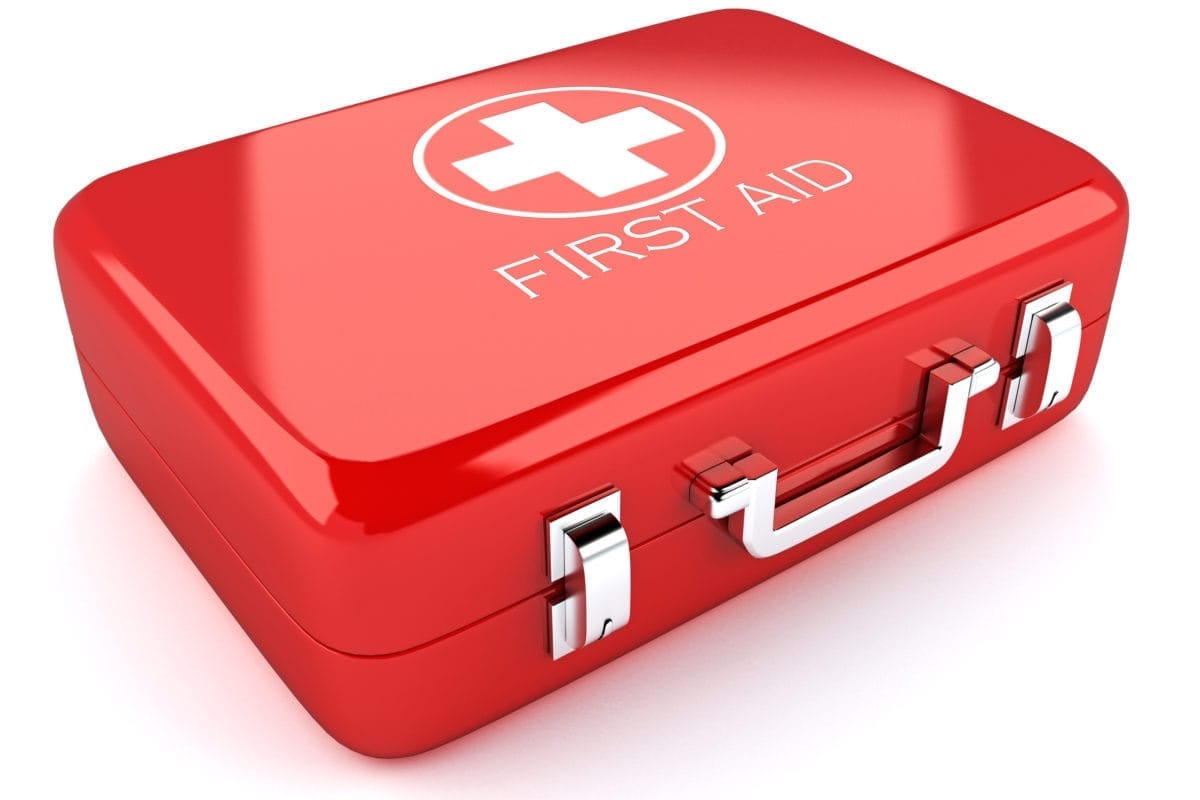
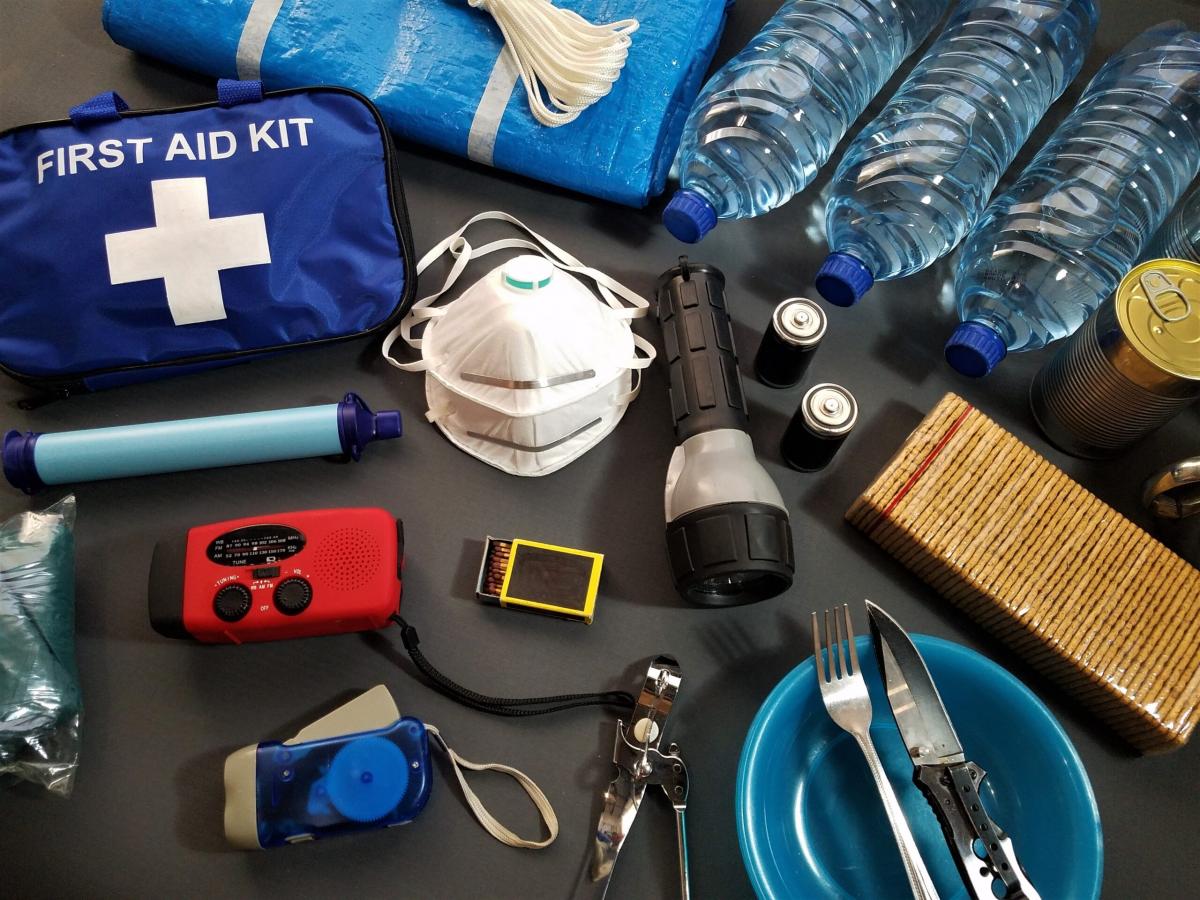

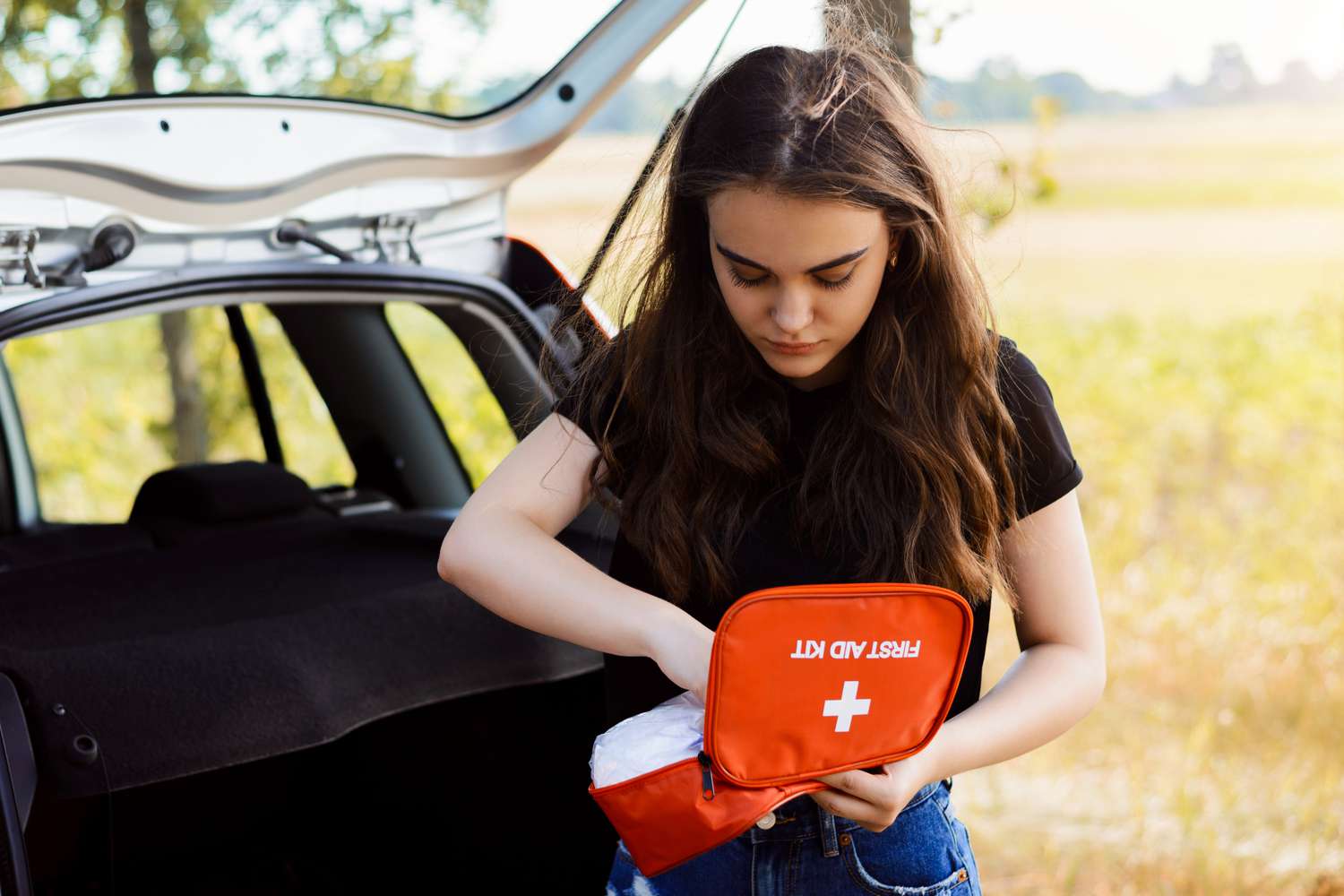


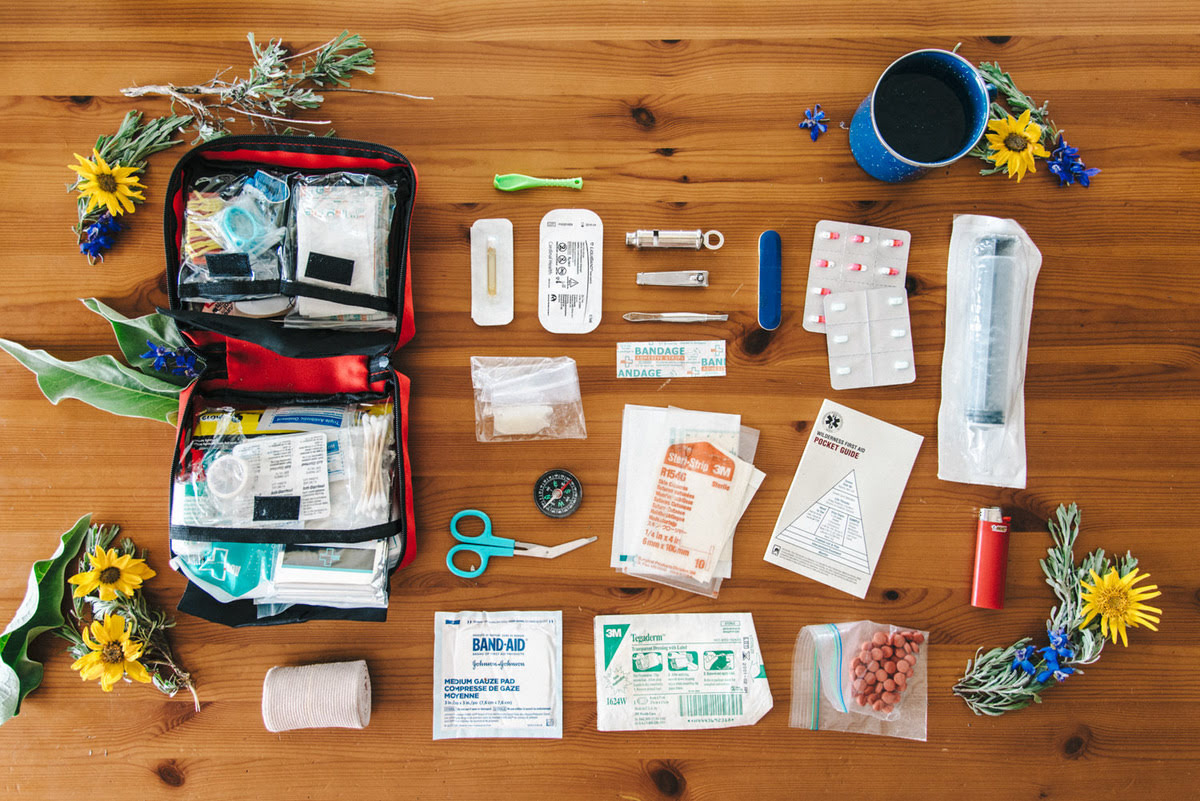
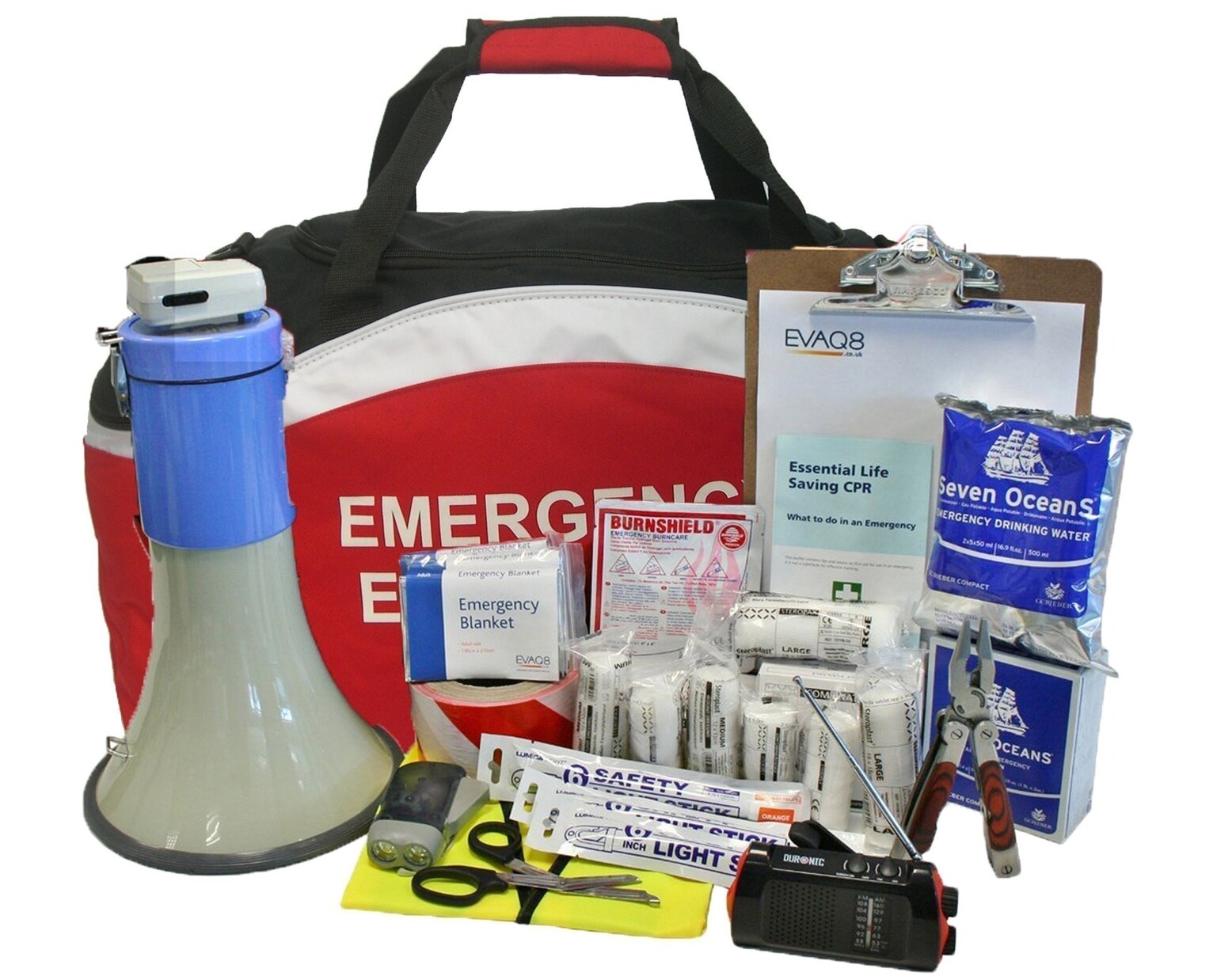

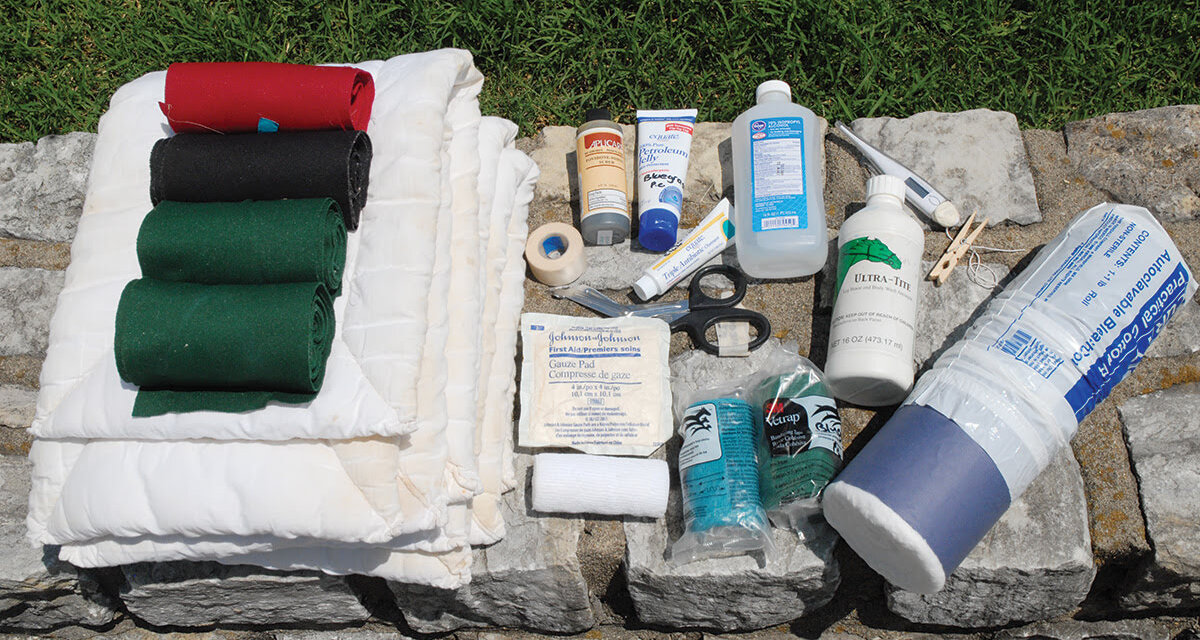

0 thoughts on “What Is A Thermometer Used For In A First Aid Kit”